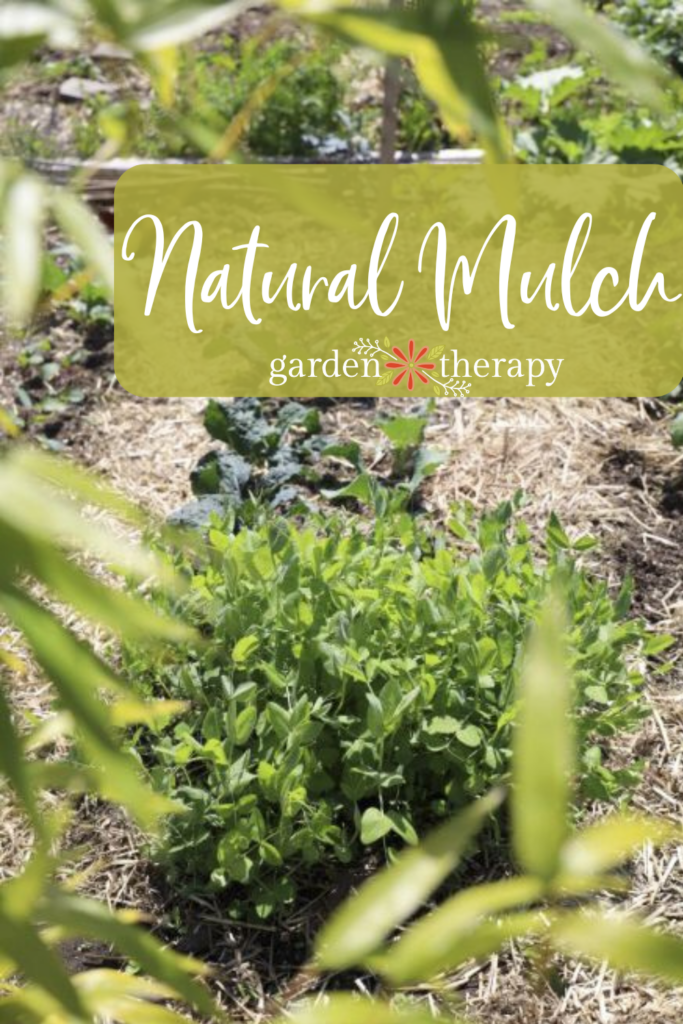Don’t even think about getting that bright red mulch when there are so many better, more inexpensive organic materials you can use instead! Let me explain natural mulch and the different materials you can use to mulch the garden.
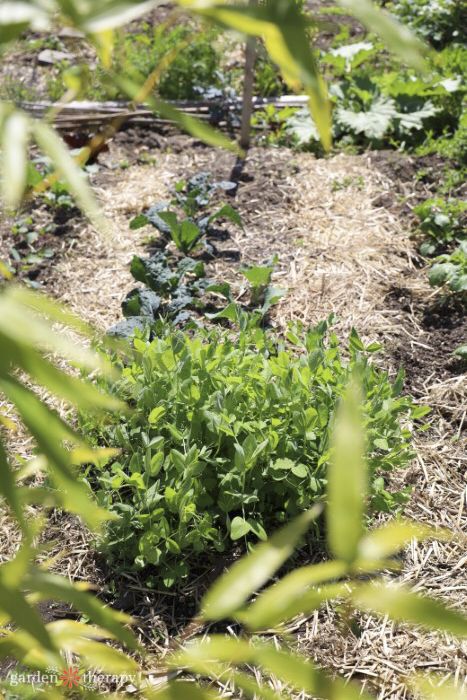
Mulch is a word you hear often in the gardening space. We use it a lot, from suppressing weeds to conserving moisture to making the top layer of our garden look good.
What many people think of when they picture mulch is the classic bits of wood shavings and pieces. It’s often a nice natural cedar that smells heavenly or…heaven forbid…dyed red.
But this is really only one kind of mulch. And it’s one of the more expensive ones!
Today, I want to talk to you all about the natural mulches we can use in our garden and why they’re a much better option than the stuff you buy at the landscape supply store.
Natural mulch is one of the many practices you’ll find in my book, The Regenerative Garden. If you’re looking for more ideas on how to flip the traditional garden up on its head in lieu of more sustainable spaces, be sure to check it out!
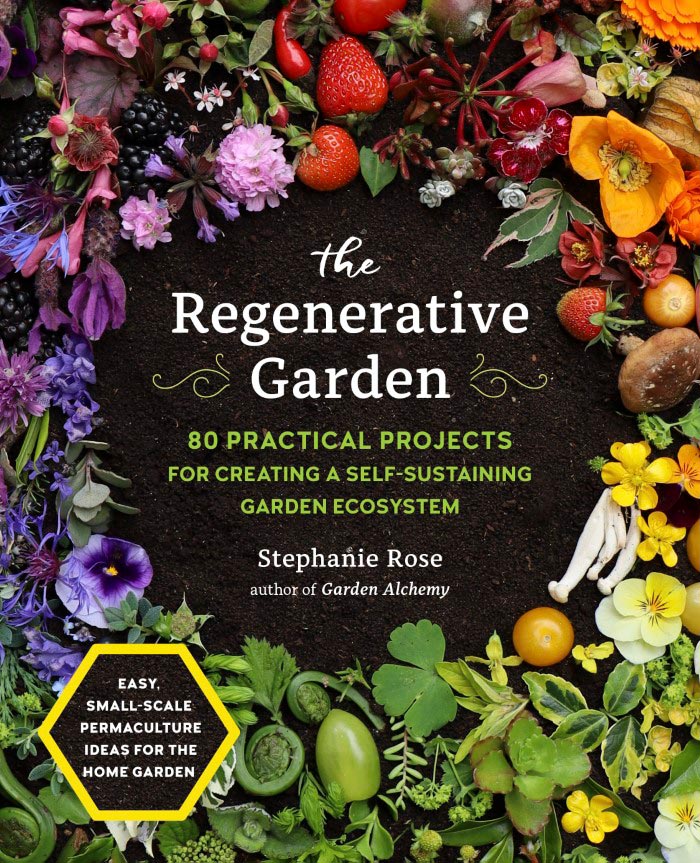

What is Natural Mulch?
Mulch sits on top of the soil and acts as a protective layer of organic material. While most think of wood for mulch, there are many more natural materials you can use as mulch (I’ll get into that shortly!).
Like I said, many people use unnatural mulches like plastic, shredded tires, or dyed bark. These can leech contaminants into your garden and just aren’t worth it when there are so many other natural materials that you can use as a mulch.
I joke about dyed mulch all the time. I think it’s one of the worst things to add to a garden! I see it as lawful evil, where it’s popular and accepted but really not a good idea for the environment.
Meanwhile, my method of chop and drop mulching is chaotic good. If I see plant material, I scoop it up and put it in the garden.
Some people will have issues with this. I remember the realtor taking one look at my last house and all the plant material in the garden beds and suggesting I top it off with soil instead.
But I always ask, do you like the forest? Because that is what we’re going for. You can have a neat and tidy look that models a living room or a natural space that mimics our forests.
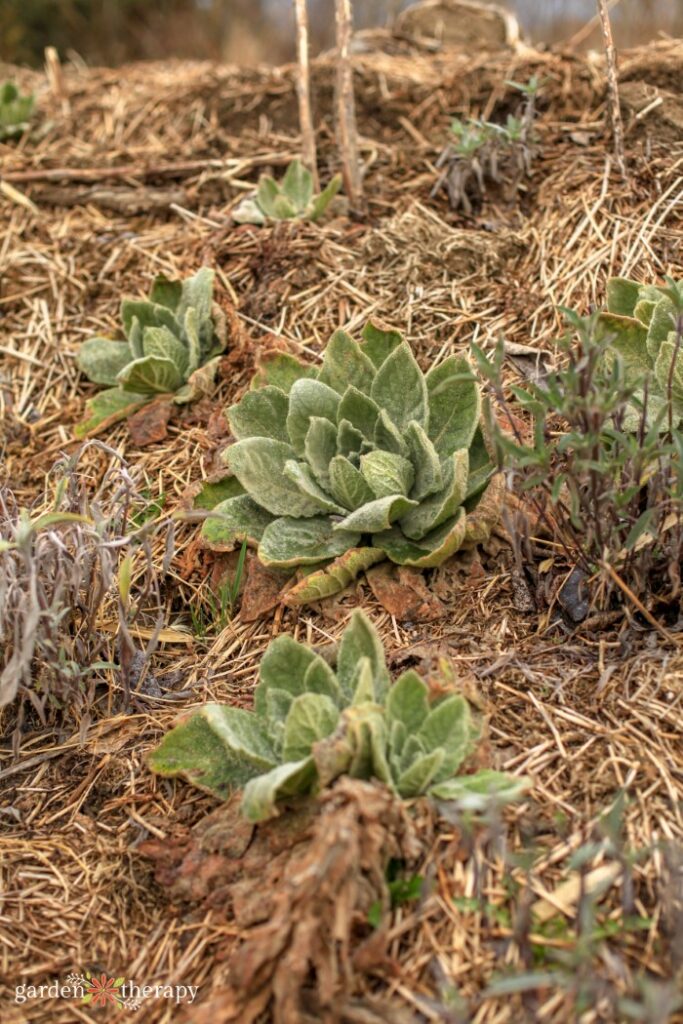

Benefits of Natural Mulch
Mulch has SO many benefits, many of which you might not get if you use store-bought stuff instead of what’s already in your garden.
Mulch is a soil insulator that works year-round. It helps to keep the soil temperature more consistent, meaning it can help protect the base of plants, roots, and bulbs in the winter months but also keep things cooler during the hot summer days.
It also helps to conserve moisture, which is very helpful for full sun areas. It reduces your need to add supplemental water all the time by preventing surface evaporation.
If you have a weed problem, you can also apply a layer of mulch to prevent the seeds from getting light and germinating.
Finally, it will decompose slowly and add nutrients back into your soil. I never add any fertilizer to my garden beds, allowing nothing but my layers of mulch and compost to go back in and feed the soil.


What to Use as Natural Mulch
So, what can you actually use from your garden that will work as a natural mulch? I’ve got plenty of ideas for you, and if you still want the neat and tidy look, some of these can still give you that. Try one of these thirteen natural materials that make wonderful mulches.
Compost
Compost is what I use the most in my garden, and it appears like fresh, dark soil. I like to add about two inches of compost in the spring before the growing season really begins. The spring rain will also help water the microorganisms into the soil below.
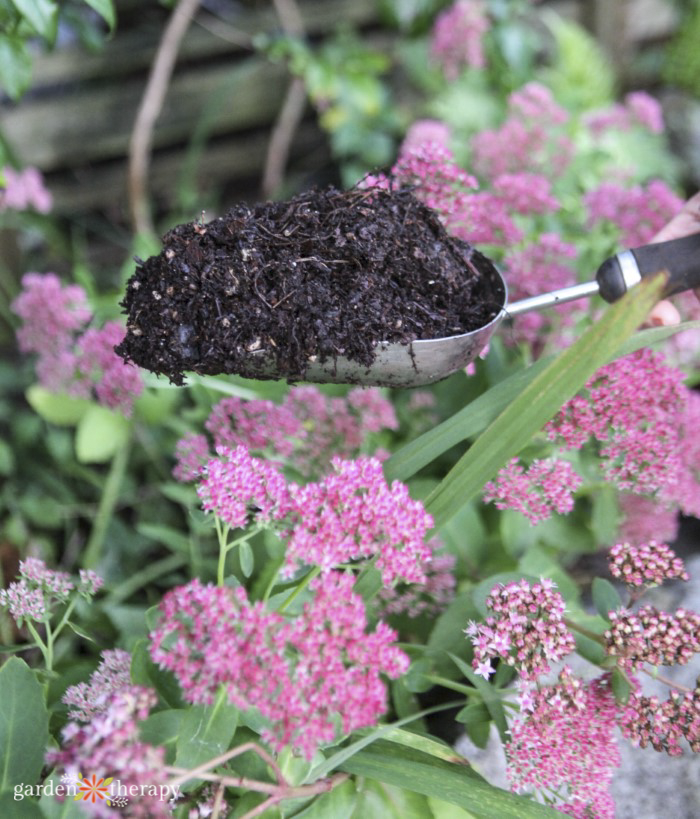

Leaf Mould
Never, ever bag your leaves in plastic bags and send it to the dump. Instead, use the leaf mould of partially decomposed or chopped leaves as mulch. It breaks down quite quickly and works wonderfully in vegetable gardens.
This is best done in the fall when you can pile your dried leaves, wait a few weeks for them to begin composting, and then chop them up with a shear or a lawn mower to sprinkle over your garden bed.
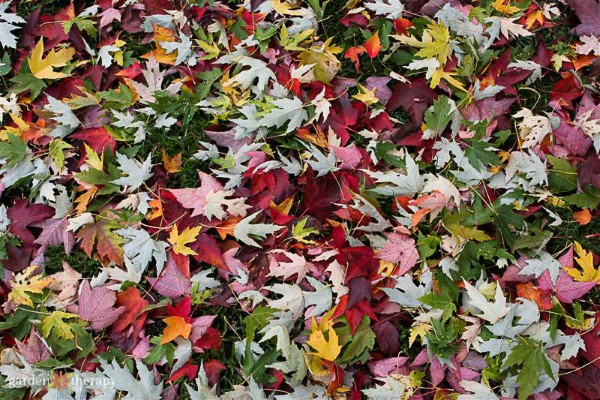

Wood Chips
Wood chips are very popular for those who want a neat and tidy look. Just PLEASE don’t buy the dyed stuff as it’s not good for your garden and soil.
Wood chips will last for multiple seasons and are often inexpensive and readily available when bought from an arborist or local source. As they slowly break down, they feed beneficial fungi and create a strong mycelium layer.
Rocks
Another popular tidy option is to use decorative rocks such as river stones, gravel, or volcanic rock. Of course, they won’t decompose. They do not add beneficial microbes or bacteria but will prevent water loss.
Keep in mind that it will absorb and hold heat and cold. A layer of cardboard under the rocks can help.
Pine Straw/Conifer Needles
Take a page of out woodland gardens and allow the cones and needles from your evergreens to remain where they fall. You can also spread it to neighbouring gardening beds.
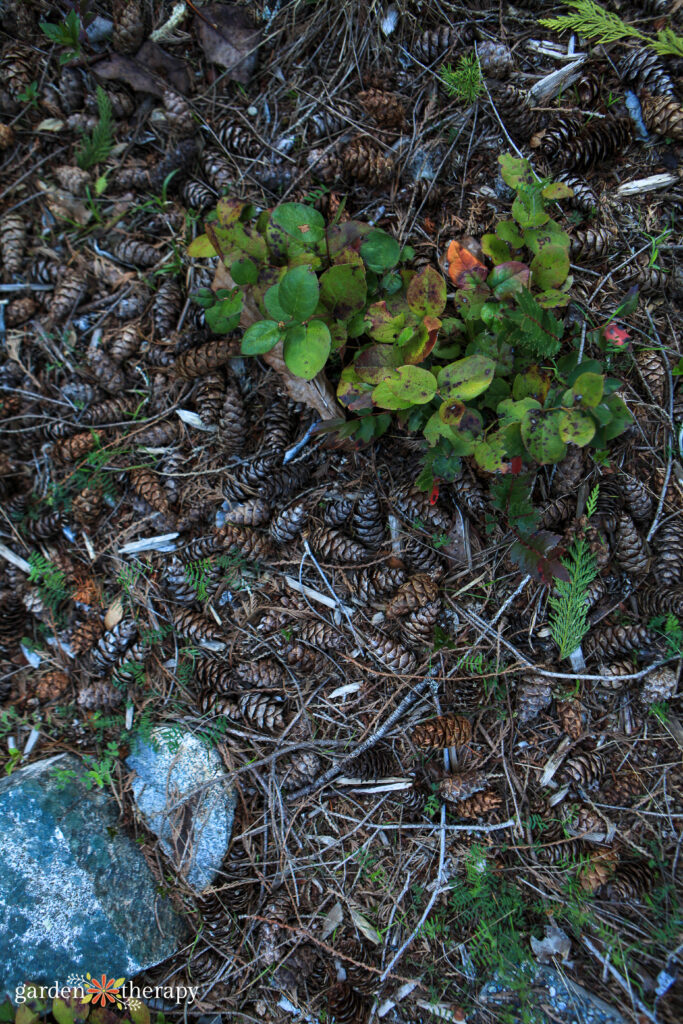

Straw
Many rural homesteads will use straw, considering how readily available it is. Just avoid hay, as it can contain weed seeds!
It’s beneficial to apply straw in the fall as an insulator and remove it in the spring, followed by a new layer of compost.
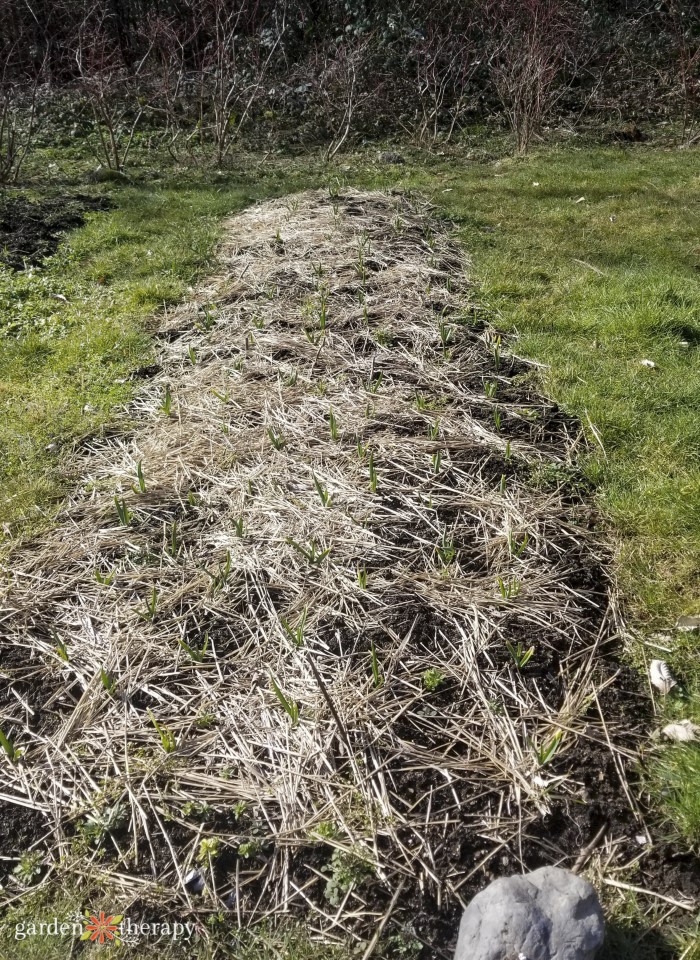

Cardboard
People love using cardboard since it’s free, and we all have lots of it. Use cardboard as winter protection for garden beds in rainy areas to prevent nutrients from leaching from the soil. Make sure to remove the cardboard sheets in the spring and compost them.
You can use cardboard at other times of the year; just make sure to break it into small pieces so the soil still gets some airflow.
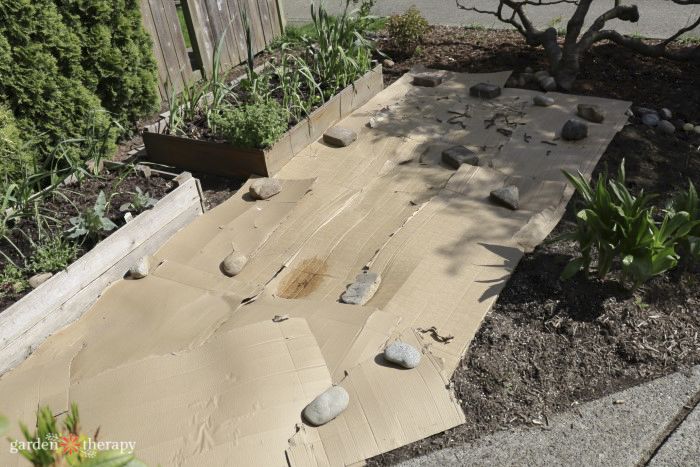

Grass Clippings
Your lawn would love it if you left the grass clippings after moving. They will slowly break down and create a soil-protecting mulch that will feed the grass’s roots. Letting your grass flower can also help to reseed your lawn!
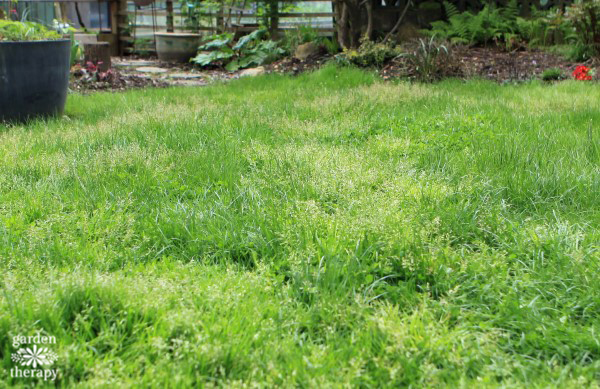

Living Mulch
Groundcovers can provide many of the same benefits of other organic material. Plant low-growing perennial and native plants no higher than 12 inches. Ideally, ensure they are hardy enough to be lightly tread upon so you still have access to the plants in the garden.
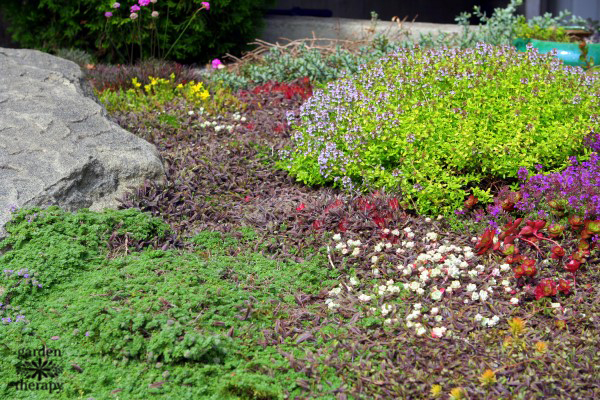

Chop and Drop
This is another one of my favourite natural mulch methods. Whenever you cut back plant material, you leave it on the soil surface to decompose in place.
The leaves, stems, and flower heads will then feed the roots of their own kind, mimicking how they fertilize the soil in nature. Just avoid plants that have gone to seed, unless you intend for those seeds to grow.


Snow
Many won’t consider snow mulch, but it is extremely useful for protecting the soil temperature and plant roots in cold climates. There’s no need to move snow; just allow it to fall and sit on your garden beds on a snowy day.


Aquatic Plants
If you have a water garden environment, you can add your vigorous or even invasive aquatic plants to dry land gardens. Because the conditions are too dry, they will decompose and protect the soil.
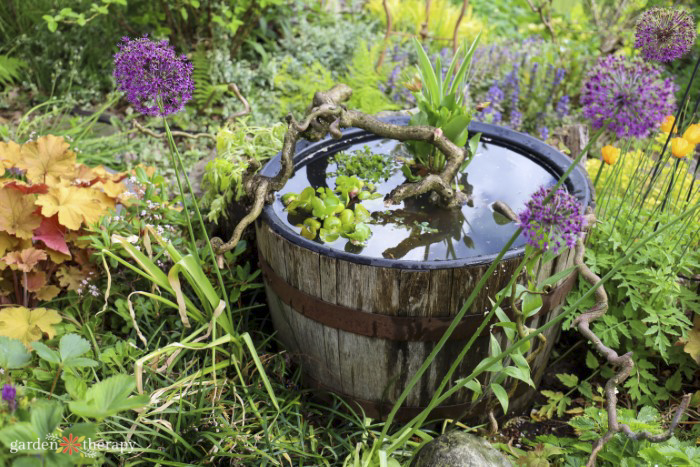

Seaweed
If you have a seaside garden, seaweed works well as a mulch where the plants can handle salt spray and salt accumulation in the soil. Forage for seaweed sustainably, and only take what you need from the beach rather than in the ocean. Chop it or run it over with a mower before applying it to the garden.
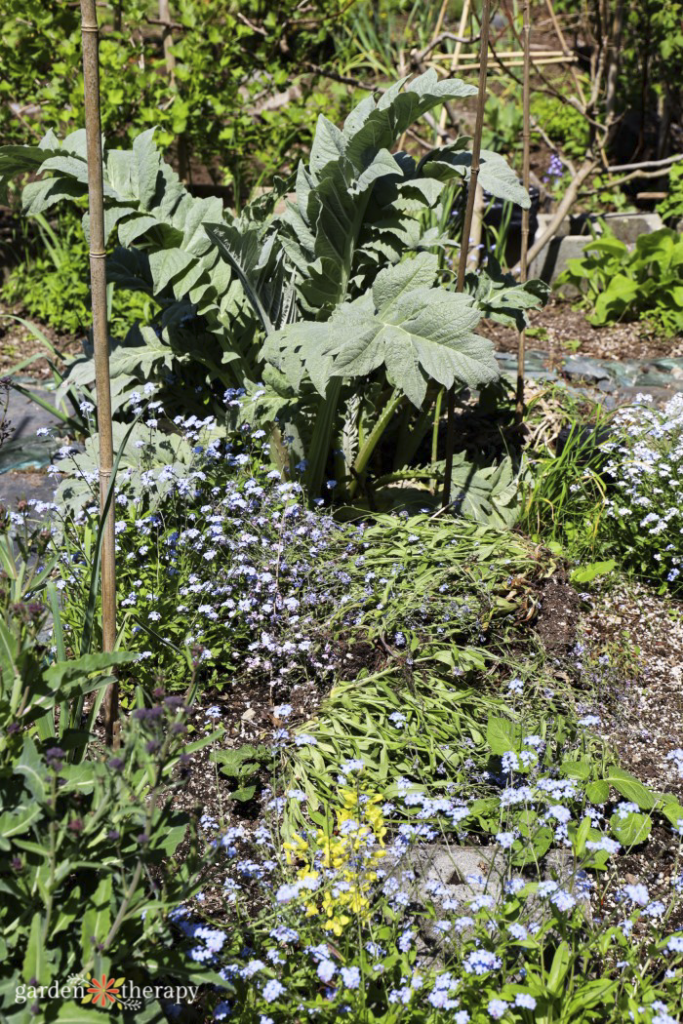

Those are some great natural mulch ideas to try! In the comments below, let me know which of them you use in your garden or are planning to use.
More Ways to Try Regenerative Gardening


